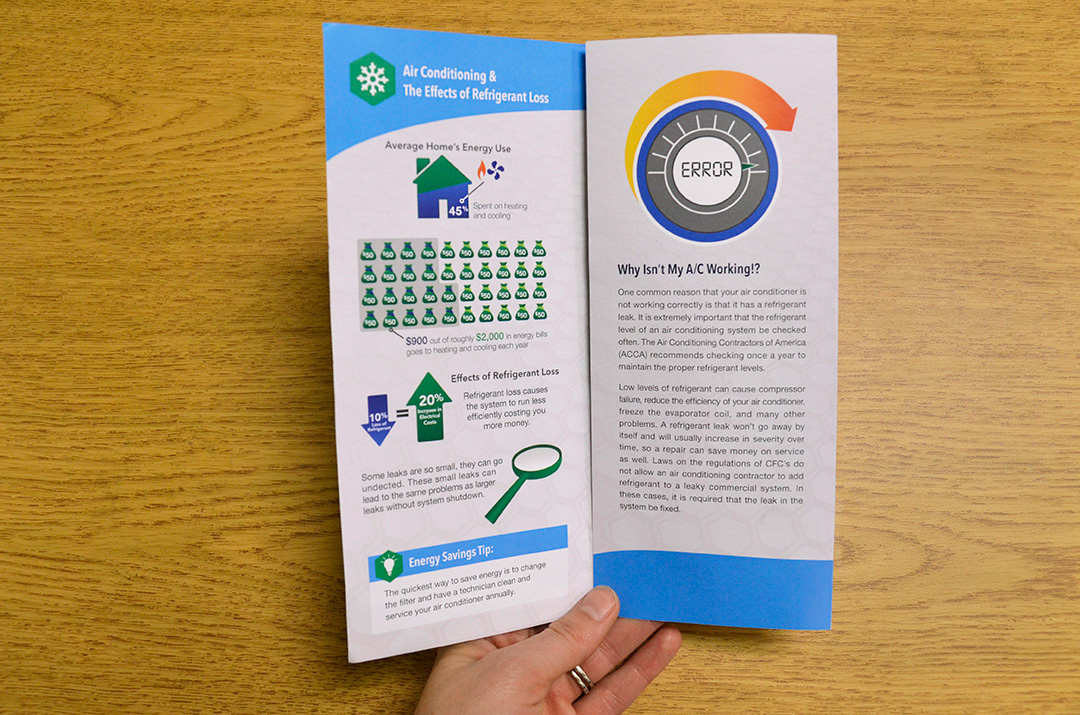Find Out Just How To Enhance The Efficiency And Lifespan Of Your Heat Pump System By Staying Clear Of Conventional Installment Mistakes
Find Out Just How To Enhance The Efficiency And Lifespan Of Your Heat Pump System By Staying Clear Of Conventional Installment Mistakes
Blog Article
Composed By-Stuart Carson
When installing a heatpump, you must stay away from usual mistakes that could jeopardize its efficiency. Neglecting proper sizing may result in inadequacies and greater utility costs. Neglecting insulation and sealing could lead to power waste and strain on the unit. Moreover, positioning the outside device inaccurately might affect its efficiency. By preventing these errors, you can make sure optimal operating and durability of your heat pump system.
Improper Sizing of Heat Pump
When it involves the setup of heat pumps, one of the most usual errors is incorrectly sizing the device for your space. Ensuring the appropriate size is critical for optimal performance. If the heat pump is too tiny, it will certainly battle to warm or cool your space effectively, bring about increased power bills and potential damage on the unit.
On the other hand, if the heatpump is as well large, it will certainly cycle on and off often, creating temperature fluctuations and decreasing its life expectancy.
To avoid this mistake, it's important to have an expert examine your space and recommend the suitable dimension of the heat pump based upon aspects like square footage, insulation, ceiling elevation, and local environment. By investing the time and effort to make certain the proper sizing, you can appreciate a comfortable environment while making the most of energy effectiveness and extending the life-span of your heat pump.
Inadequate Insulation and Sealing
To make certain the efficient procedure of your heatpump, it's critical to attend to insufficient insulation and sealing in your space. Proper insulation helps preserve a constant temperature level indoors, lowering the workload on your heatpump. Inadequate insulation can bring about energy loss, making your heat pump work harder and less effectively.
Sealing any kind of voids or leaks in your area is similarly vital. These gaps allow conditioned air to run away and exterior air to seep in, requiring your heatpump to make up for the temperature fluctuations.
Wrong Positioning of Outdoor Device
Addressing the positioning of your heat pump's outside system is key to optimizing its performance. Installing the exterior device in an inaccurate area can lead to effectiveness issues and possible damages to the device.
One common blunder to stay clear of is putting the exterior system as well close to a wall surface or other frameworks. https://milozipvc.creacionblog.com/30385408/a-comprehensive-guide-to-setting-up-warm-pumps-for-homeowners can limit air movement, triggering the device to work harder to warm or cool your area, ultimately reducing its efficiency and lifespan.
your input here to avoid is putting the outdoor system in straight sunlight. While some sunlight is inescapable, extreme exposure can cause getting too hot, particularly during warm summer season days. It's best to position the outdoor device in a shaded location to aid keep its ideal operating temperature.
Furthermore, see to it that the outdoor unit is positioned on a steady and degree surface. Unequal ground can create vibrations and unnecessary pressure on the system, influencing its efficiency gradually.
Verdict
To conclude, staying clear of typical errors during heatpump installation is crucial for making best use of performance and long life of your system. By guaranteeing appropriate sizing, appropriate insulation, securing, and correct positioning of the outside system, you can avoid problems such as inadequacies, raised power expenses, and strain on the system. Taking the time to attend to these crucial elements will ultimately conserve you time and money over time.
